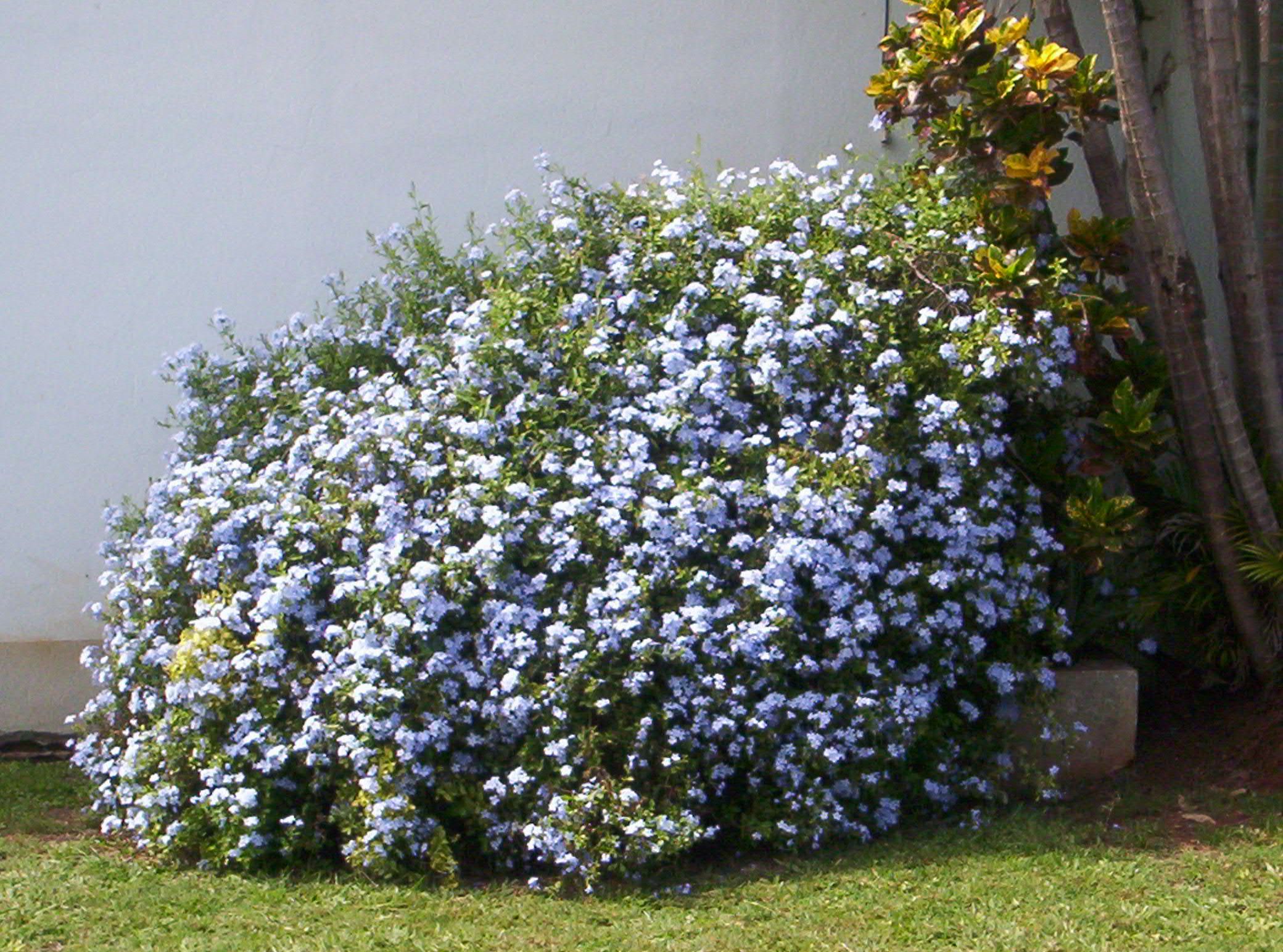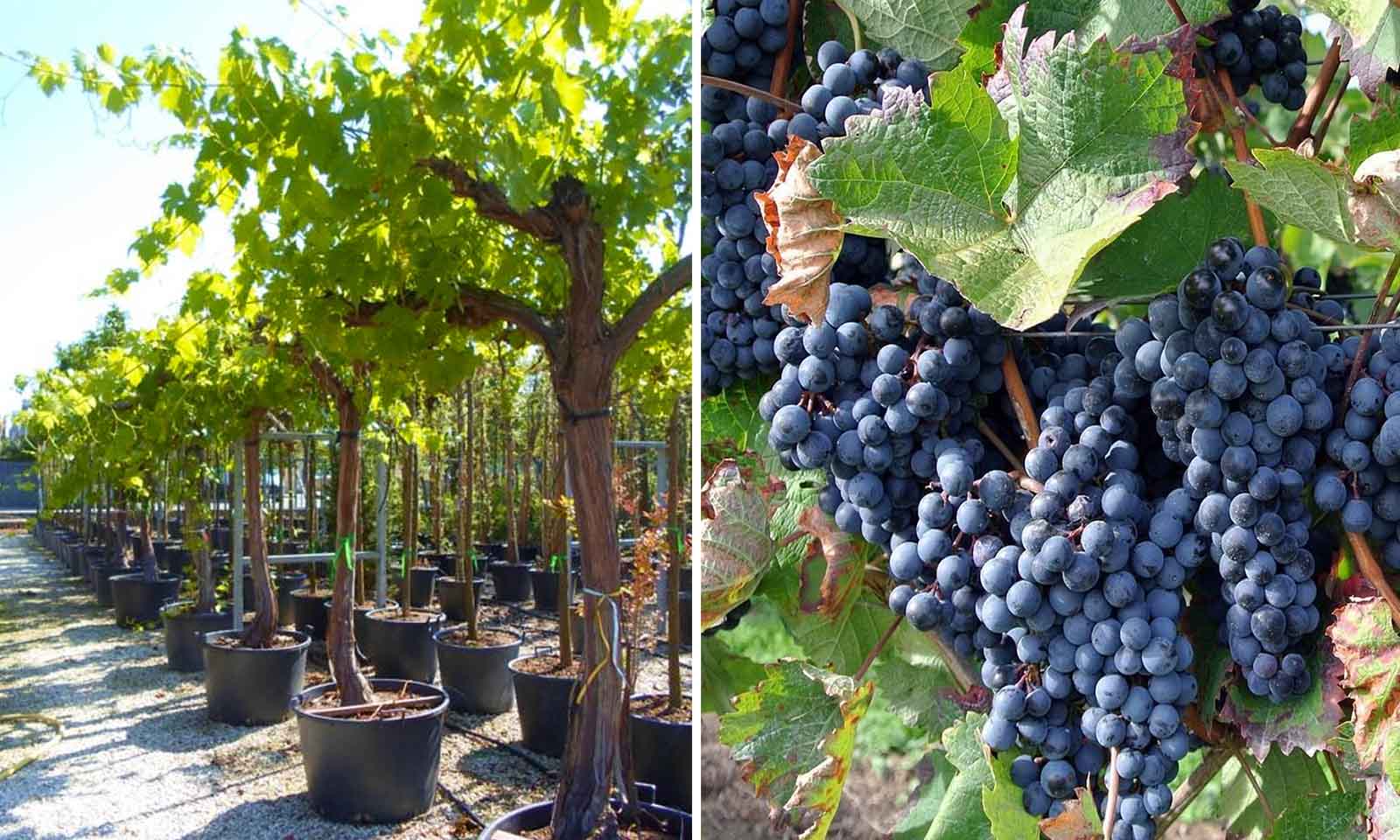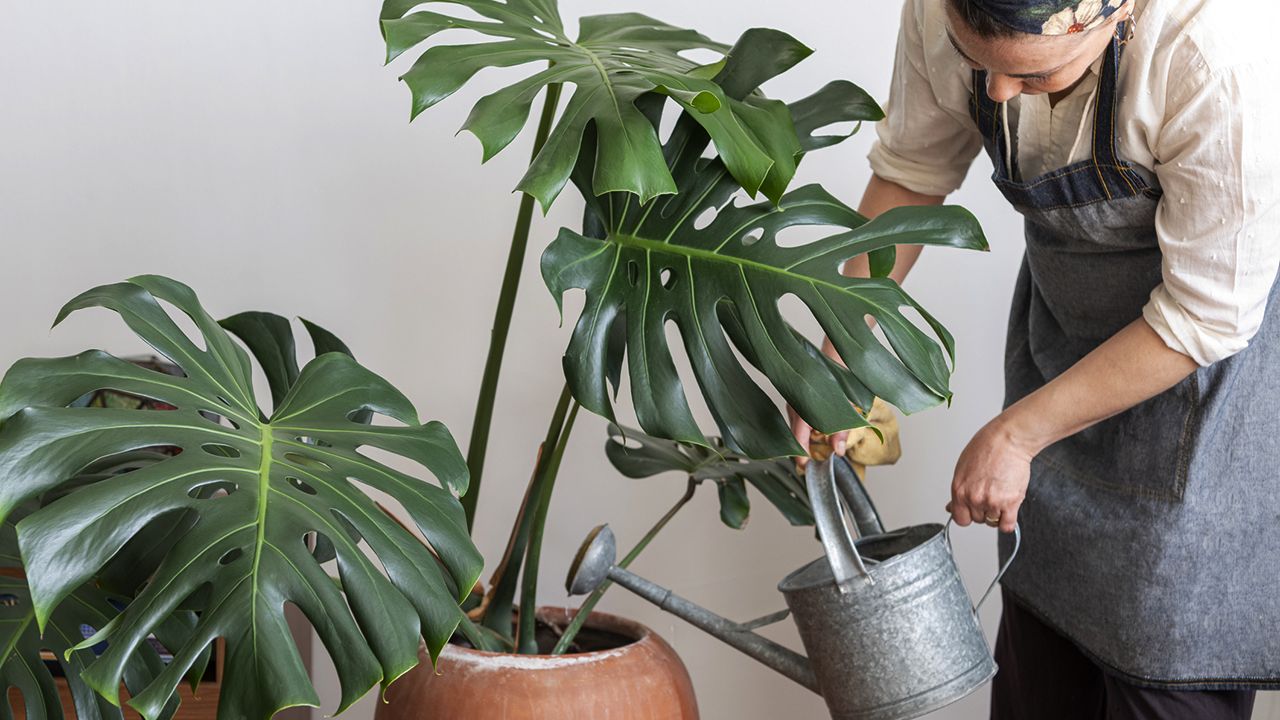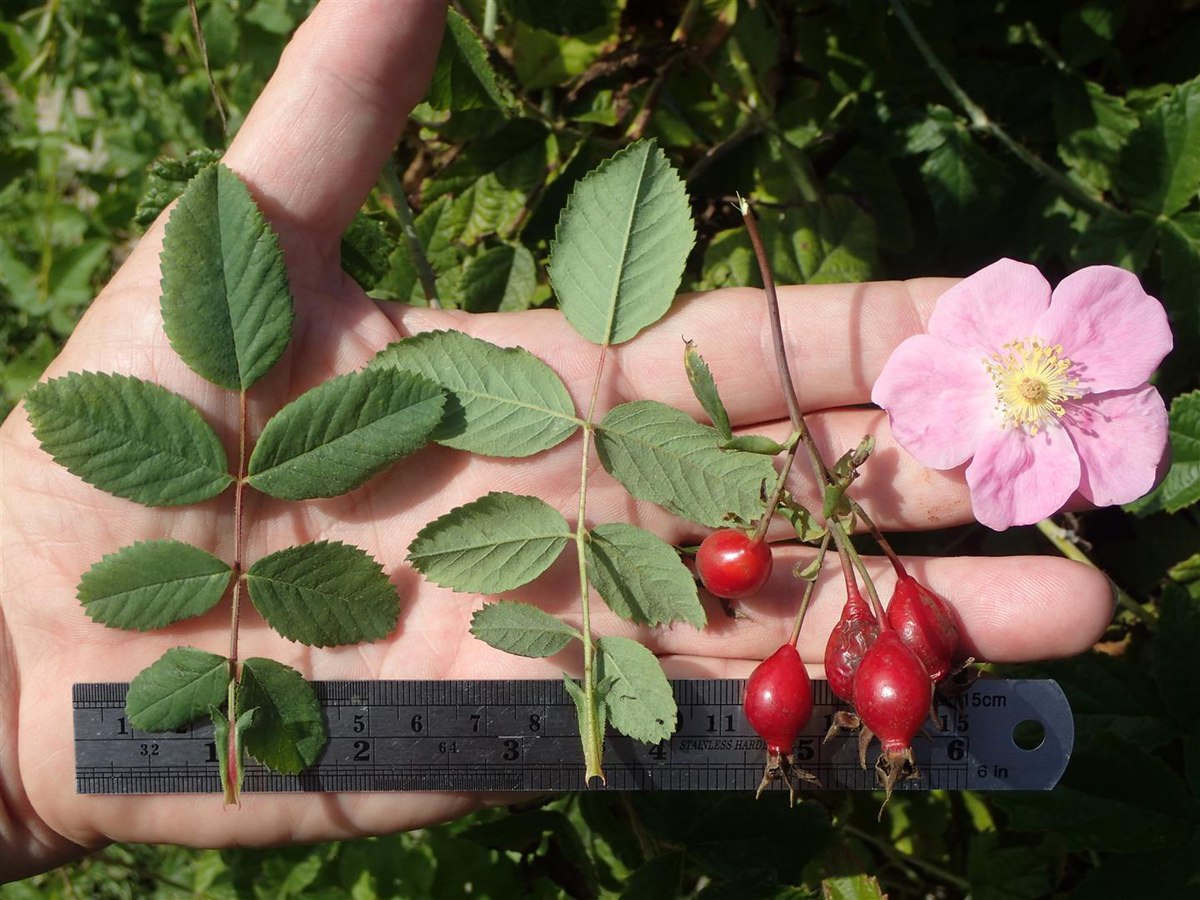All the Climbing plants, are those plants that have not stopped in their evolution and development. Having to adapt to countless situations. Getting to climb any surface, in order to continue its survival, as one of the many floras of Planet Earth. Discover them here.
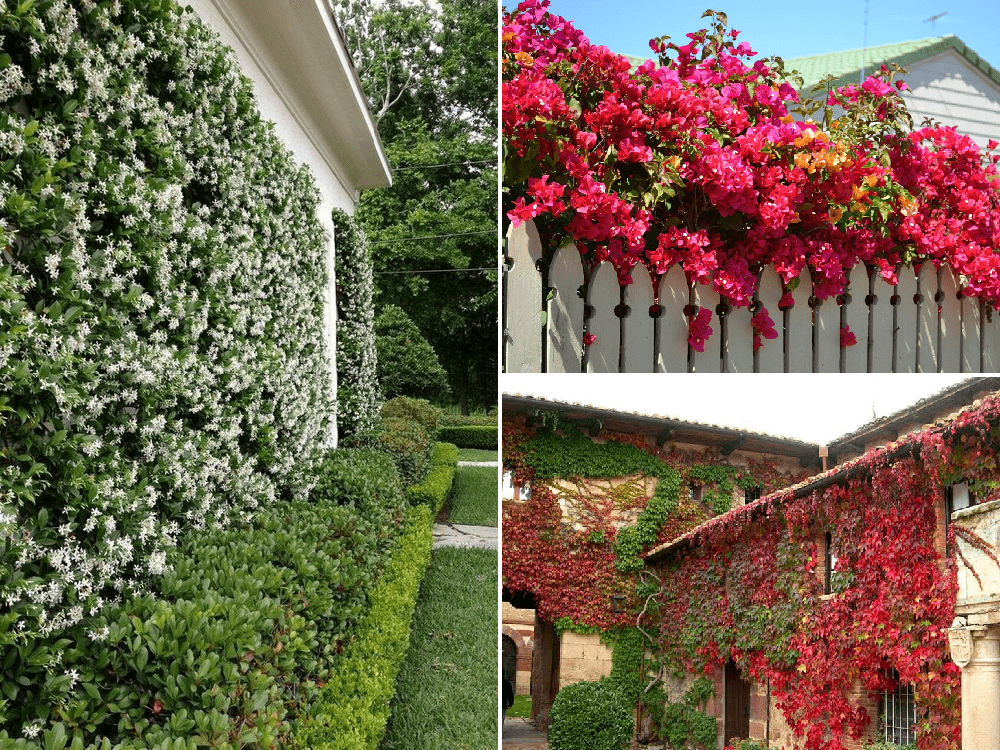
Climbing plants
All the climbing plants, make up those species of plants that during ancestors saw the need to obtain or devise techniques. To continue with its growth as well as its development. Not stopping before the fragility or perhaps instability, which did not allow them to continue upright like other plants.
However, this was not an inconvenience, but the approach to go, becoming what is presented today for lovers of such beautiful creeper plants. That is why they acquire the ability to climb before any medium that supports them.
Interestingly, these plants are known by the name of mechanical parasite, this is because in order to continue their growth and development they are forced to parasitize using another plant as a support that will help them as a base.
It should be noted that before a person wants to invest in acquiring a plant with these characteristics. You must make sure if the environment where it will be planted, will admit this species or not. because in the Flora, there are plants like many trees that are harmful to serve as support. Because these climbing plants limit their ventilation. Like the incidence of the Sun's rays, essential to also achieve its development and growth.
It should be noted that the climbing plants, they integrate the group of the listed ones, if it is about ornamentation. But they are not only used as decoration, because there are also species that provide fruits for human consumption, examples of which are the following:
- Nasturtium (edible flower)
- Cherry tomato
- Chinese spinach or Malabar spinach
- Snow peas (peas)
- Chayote
- Pumpkin
- Green beans
- Green peas
- Cucumber
- bitter melon
- Cow bean or asparagus bean
- Broad beans
- Zucchini
- Watermelons
- Bean
- Kiwi
- Grape or Vine
- Passion fruit
- Strawberries
Characteristics of Climbing Plants
All the climbing plants They stand out for presenting the following characteristics, which are:
- They are unable to stay up, hoisted, elevated or straightened on their own. This means that it is completely essential for them to have the support of some means of support to continue their development and growth.
- The base, support or usual means of support, which is also presented as everyday, is mainly made up of other plant species. Coming to easily admit trunks, plants that are considerably larger than them, among others. Apart from these, they also admit artificial supports such as railings, walls, walls with rough elements, arches, railings, columns, among others.
- Climbing plants need to be pruned regularly. Which allows them to prosper, apart from giving the base the ease of being another living element (plant). To breathe and let the sun's rays reach it. Being another important reason, to strip them of the dry leaves that dull their showiness, further restricting their expected development.
- In nature there are species of plants of the climbing items. On the contrary, they do not need a means to reach height and carry out their growth. Because these achieve their complete evolution, growth and development through the breadth of the soil. Moving in the direction that is favorable to them, which are called creeping or upholstering.
- Some of the climbing plants have become known worldwide for the fruit they deliver to human beings. Being part of the ingredients of numerous gastronomic delights, such as kiwi fruit, cherry tomatoes, grapes or vines, pumpkin, strawberries, passion fruit, cucumber, among others.
Other Important Peculiarities
Among them are the following:
- They stand out widely for showing their aerial roots, which is what allows them to hold onto the surface to climb.
- The species of climbing plants that develop taking the heights, begin their ascent from the moment the plant sprouts from the ground or place where it is planted.
- For the plant, growing means holding on and climbing, so it does not stop at developing all the necessary holding organs in an uninterrupted manner. Because the support medium in which they are held is essential, because of the rest they cannot achieve it by themselves.
- Many people manage to use them both to give life to a space for the beautiful decoration that it integrates, as well as to harmonize with elegance and distinction areas that are not repeated in the same way, because each one is completely unique.
Types of Climbing Plants
The types of vines or climbing plants, there are five, which are differentiated by the way they develop their organs. To strongly acquire the support they need, these being the following:
Vines with Tendrils
These plants are differentiated by the fact that they have very peculiar organs for holding or grasping, in the form of tendrils. They have the virtue of clinging to each other executing a kind of twist.
This is possible, through some of its leaves that take the form of filaments, which are both elongated and thin and twisted. Giving, that these are taken as if they were a suction cup from which it will not detach just like that. Allowing him to climb and reach heights without stopping his development.
Autonomous climbers
All the climbing plants autonomous, are those that are characterized by very small roots. That are distributed in the breadth of the stem of the plant, which is the means that gives it the ease to adhere or hold on to surfaces while reaching height from the base. They are part of the most used at the time to make use of this difference in ornamental flora.
It is usual to be seen climbing fences, walls, walls. As well as varieties of pergolas, which are columns or pillars distributed in parallel that serve as a base for a roof or trellis widely used so that these plants can develop. This is why they receive this unusual name of "autonomous", because they achieve their growth and development on their own, without any help.
climbing vines
Climbing plants, vines, are some types of vines that have the difference of having stems that are elongated and very flexible, forming spirals along which they are held.
These are the ones that are normally seen on posts, trellises. As well as in wire fences or guardians that are planted fastening elements, which serve as a guide to climb and reach the required height. These plants can be purchased for both indoor and outdoor areas, easily adapting to the various climate characteristics in which it is allowed to develop.
Spiny Climbing Plants
All the climbing plants of thorns are characterized by being those that in their evolution, growth and development. They present, as their name indicates, thorns that are the ones that later allow them to grab or hold the support they are going to climb.
This type of climbing plants have the particularity and need to require the help of the human being, performing either ties or guides. That is what allows them to obtain a complete growth and expansion. An example of these climbing plants are the so-called climbing rose bushes.
Supporting Climbing Plants
These climbing plantsUnlike the others, they do not have any type of organ in their growth to carry out the subjection or grip. The way in which they evolve is how it is manifested in their name, which is by relying on some means that allows them to maintain themselves.
When people want to plant this type of plants, it is suggested that they integrate some mechanism. That it serves as a support or rather guide, to be able to achieve a prosperous growth and development of the plant.
Examples of Climbing Plants
Are examples of climbing plants common, sought after or requested for planting, the following:
Vitis vinifera
This is an example of the climbing plants with tendrils that are commonly known as “Vines”. It has the particularity of being a horticultural climbing plant, due to the fact that in its development it presents the tendrils that are what allow it to execute the grip or hold as it climbs.
From the moment it sprouts it shows a kind of twisted and tortuous trunk. Which has the ability to reach length and if allowed, can easily exceed thirty meters. Besides, it has the particularity of having a bark that is shown, full of branches, being thick and also rough.
The leaves that grow on its branches are pronounced in size, also having that its flowers are hermaphroditic. Within what is the economic category, this plant has great greed because its fruit, apart from being highly sought after, rich in vitamins and nutrition, is delicate and has high purchasing power.
Cultivation and Care of Vitis vinifera
At the time when you want to plant this climbing plant, you must manage the various demands and care. Referring to its sowing, irrigation, fertilization and type of soil in which it should be developed, the following observations must be taken into account, which are:
- The preference of its soil is limestone and rich in organic matter, demanding to have the virtue of good drainage, because this plant does not admit excessive humidity or waterlogging.
- Watering should be carried out before the soil is appreciated in dry conditions, however, it is important to take into account that it should not be watered excessively to avoid weakness in its rapid drainage.
- The subscriber must be done annually, which must be a natural manure with mineral fertilization.
- Its pruning must be done annually, completely, being recommended at the end of winter.
Monstera delicious
The delicious monstera, is part of the climbing plants autonomous. That they are commonly identified with the name of "Adam's rib", receiving the same for the great resemblance that it deserves.
It has the peculiarity of having a thick stem, whose length can exceed 20 meters. Its roots are aerial, thus allowing it to hold on and climb the surface, reaching the desired height without hindrance. Its leaves are large, having an idea that they can measure up to a meter in length.
On the other hand, its flowers also have a considerable size. Having a fruit that can reach thirty centimeters in length, which must be kept in mind, that the first harvests of it are highly toxic. However, when the plant reaches full maturity, this fruit becomes completely consumable, without causing damage to health.
Cultivation and Care of Monstera deliciosa
At the time when you want to plant this kind of climbing plants, the following observations must be taken into account. Which is what allows the plant to evolve and develop optimally, satisfying its buyer. That the following are considered important:
- The soil where it is going to be cultivated must be rich in organic matter.
- To achieve its evolution, growth and development, it only needs the Humidity of the environment.
- As for watering, it should not be done often, but with due care. Taking into account that it is only necessary to keep the soil moist. So doing it from time to time is completely enough.
- The fertilizer that this plant requires is made using liquid fertilizers, which must be obtained in specialized stores.
- It is characterized by being one of the external climbing plants, because for its development it needs the incidence of clarity. Having to maintain the requirement that it does not admit direct sunlight because it affects it. It must also be planted in areas where the environment is warm, which is the way in which it reaches its optimum development.
Campsis radicals
The species campsis radicans is characterized by being one of the types of creeper plants. It is widely sought after because it reaches a very accelerated development and growth, showing itself at all times as a very resistant plant.
It has a rustic and woody stem, provided with numerous aerial roots, which is what allows it to hold on to the surface to be climbed. This vine plant, if allowed, can easily reach ten meters in height. It has the virtue of having branches that are completely flexible, as well as elongated, resembling lianas.
This vine's main fascination is its particular flowers that grow in groups on the same stem, with a peculiar trumpet shape. Its fruits are brown, having a dimension that ranges from 10 centimeters long.
Cultivation and Care of Campsis radicans
At the time when you want to plant this vine, and you do not have experience, this is a good option. Apart from being one of the most sought after, because there are very few requirements that it requires, both in terms of planting and care. Of which there are few observations to take into account, the following:
- The land in which it should be planted must have adequate drainage, because like the others. It is a plant that is characterized by not admitting waterlogging or excessive humidity.
- Because its growth is highly accelerated, it must be monitored. Because it can easily get out of control.
- It is a vine that supports sunny areas, as well as relative solar incidence.
- Its irrigation should not be carried out excessively, it should simply be administered the water that allows it to maintain a certain humidity. Without flooding occurring under any circumstances while it is being carried out.
- It is normal for fertilizer to be practiced twice a year, taking into consideration that it must be one indicated for plants that have flowering.
- It is very resistant to low temperatures, being ideal for those countries where the four seasons of the year are present.
- Its pruning is based on the elimination of dry leaves and flowers, which is what prevents its full development and growth.
california rose
The California rose is one of the flowering climbing plants, characterized by being a thorny bush that can climb up to two meters high.
This is one of the most requested, thanks to the excellent aroma emanating from its particular flowers, which can grow grouped on the same stem or alone.
Its flowers have the virtue of self-pollinating or waiting for the insects of this task to carry out the same.
Cultivation and Care of the California Rose
At the moment in which the decision is made to acquire and plant this particular and spectacular member of the climbing plants. The following observations should be taken into consideration, which are:
- The soil that it admits must be sandy or clayey with complete drainage, and must maintain the requirement that at no time should there be puddles.
- It is a plant that can grow without problems, in an area where there is the incidence of the sun. As well as in areas where it is not direct.
- Its watering must be carried out so that the substrate remains moist, without becoming saturated.
- As for pruning, it should be done to remove both dry leaves and flowers in the same state. That is what prevents it from having an optimal development, as well as subtracting its beautiful showiness.
- The subscriber to practice must be the one indicated for plants that are Flowering shrubs.





